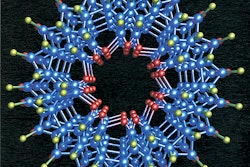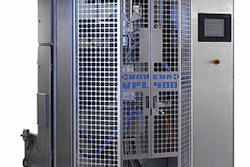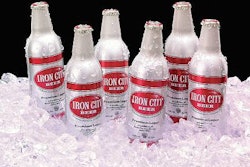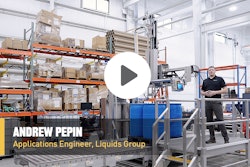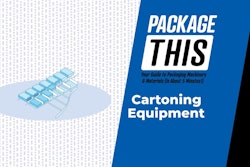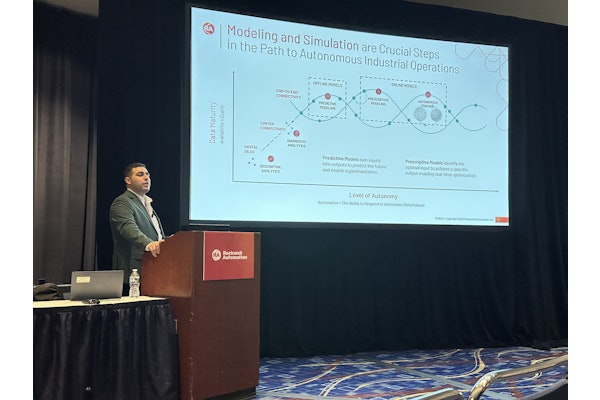The ozone crisis in the packaging industry reduced aerosols in the U.S. marketplace by one-third, said Dan Minogue, a packaging consultant formerly with Precision Valve, in a speech during the HBA Expo in September. Even though the packages haven’t contained chlorofluorocarbons (CFCs) since 1978, much of the U.S. market still believes they do. Twenty-six years later, customers still feel guilty buying and using aerosol packaging.
Reformulation and improved valve designs have fixed the air-quality and environmental problems associated with CFCs, so much so that the word aerosol no longer adequately describes this packaging. Rather, it can now more appropriately be called pressure packaging. According to Minogue, the following are some examples of what aerosol packaging can offer customers to change their perception of the package in the marketplace:
* Product integrity: aerosol packaging keeps the product from contact with the outside environment.
* Security: aerosol packaging provides inherent tamper evidence.
* Convenience: aerosol packaging doesn’t leak and you can’t spill it. And there’s no product waste—all product can be evacuated.
* Environmental benefits: most aerosol packaging is recyclable.



